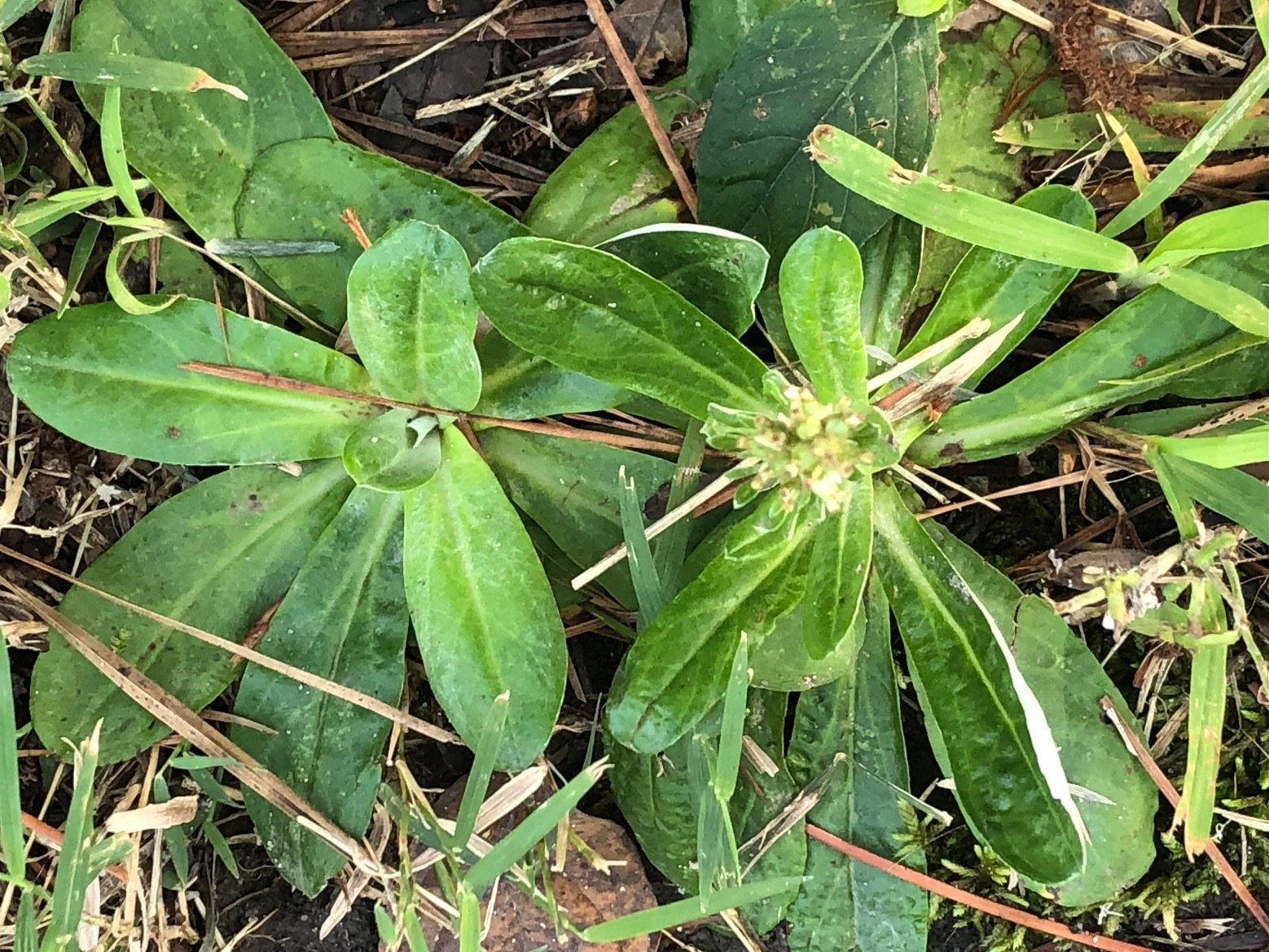Chamberbitter
Every year as I work in gardens, I determine what I like to call, “The Weed of the Year.”
There seems to be at least one yearly weed that stands out because of its ability to thrive or be an aggravation. Early this spring, I thought that this year’s weed would be the native Purple Everlasting or cudweed (Gamochaeta purpurea), but then the nonnative and prolific Chamberbitter or Little Mimosa (Phyllanthus urinaria) appeared and grew happily in many gardens, especially the African Garden at the Virginia Zoo.
Two horrible plants vying for this year’s Worst Weed status:
Purple Everlasting Chamberbitter.
It is recommended that weeding should be done before the weeds can develop seeds and can reseed themselves or spread. This plant must be removed almost immediately because as some people say it is “born pregnant.” As a tiny plant the Chamberbitter develops a pinnate leaf structure. It very quickly grows small white blooms that form seeds along the rachis (the stem that runs through the center of the leaves). When the many seeds turn brown, they drop off and can grow. This annual plant tolerates shade making it easy to miss among low growing plants. It also has a good root system.
How this plant, a native of Asia, got here is a mystery. It may have come in compost, mulch, or with the soil. As my children used to say, “It’s nice to share.” In this case given a choice my response would have been, “No thanks.”
Its cousin, the Mimosa tree, is an invasive tree that can be seen in many local places with its umbrella shape and pink fluffy blossoms. A native plant, the Partridge Pea (Chamaecrista fasciculata) has similar leaves and grows to a similar size and can be confused with Chamberbitter. Partridge Pea has an easily noticeable bright yellow blossom and is a good pollinator plant. All these plants can be considered sensitive plants because of their response to touch and some to changes in the light. In both cases the leaves fold together. They are members of the legume or pea family.
What makes a plant a weed? One definition is that “it is a plant out of place.” Webster defines them as “a plant that is not valued where it is growing and is usually of vigorous growth.” These definitions both describe the Chamberbitter’s characteristics well, especially the vigorous growth.
Partridge Pea – a native lookalike to Chamberbitter but so much better! Its large yellow flowers mature in summer and continue through the early fall to attract bees and butterflies.




